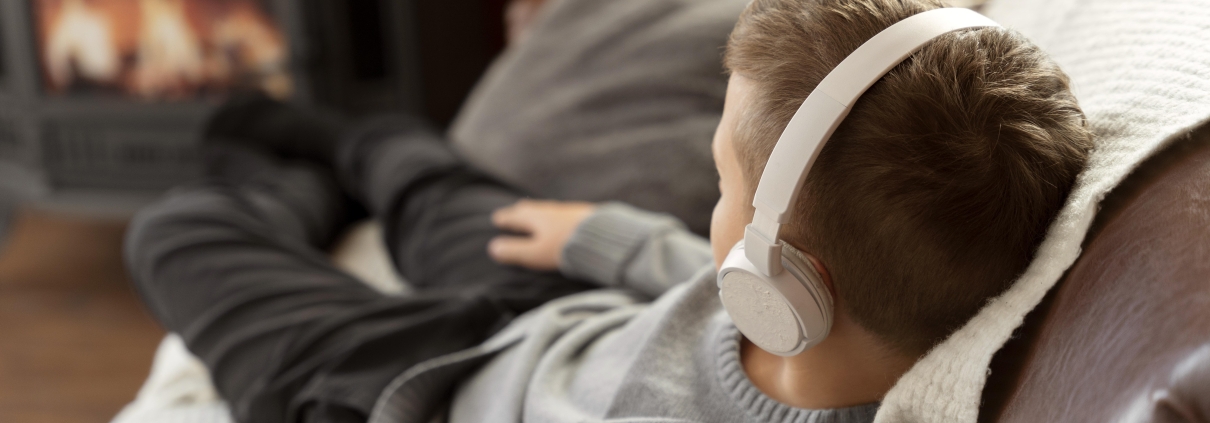Top 5 Fire Safety Tips for Your Renovation
Renovations are exciting—you’re updating your space, improving comfort, maybe even adding value. But they also bring new fire risks that are easy to overlook. Whether you’re doing a full remodel or refreshing a single room, fire safety should be part of the plan.
Here are five practical fire safety tips every homeowner should keep in mind before, during, and after renovation projects.
1. Install or Update Smoke Alarms
Before any walls get closed up or ceilings get painted, make sure smoke alarms are installed where they need to be—and that they actually work. Building codes require alarms near bedrooms and on every floor, but it’s smart to add one near the kitchen and garage too.
If you’re already rewiring or patching drywall, take the opportunity to upgrade to interconnected or smart smoke alarms. These can alert you through your phone and talk to other safety devices like carbon monoxide detectors.
2. Keep Fire Extinguishers Accessible
It’s one of the simplest upgrades you can make—yet many homes either don’t have a fire extinguisher or don’t know where it is. During renovations, place a multipurpose ABC extinguisher in the kitchen, basement, garage, or anywhere heat or wiring is being added or moved.
If you’re upgrading cabinetry, closets, or utility spaces, build in a dedicated spot to store one so it’s both accessible and out of the way. And yes—check the expiration date!
3. Store Flammable Materials Safely
Paint cans, solvents, adhesives, and finishing products are part of nearly every renovation. But they’re also flammable. Make sure they’re stored in a cool, ventilated space away from direct sunlight, space heaters, or any ignition sources.
A metal cabinet in the garage or basement works well. And don’t forget to dispose of oily rags properly—left in a pile, they can spontaneously combust. No joke.

4. Practice Safe Cooking Habits
Renovating your kitchen? Don’t let the temporary mess distract you from everyday safety. Most home fires start here. Keep stovetops clear of flammable items like dish towels, packaging, or papers, and never leave food unattended on the burner.
If you’re cooking with temporary equipment during reno chaos, make sure it’s on a stable surface, not near curtains, and unplugged when not in use. Renovations are disruptive—this is when accidents tend to happen.
5. Plan Your Escape Routes
You’re already rethinking the flow of your home. Take the opportunity to make sure there’s a clear, safe way out of every major room. If you’re adding walls, floors, or finishing a basement, ensure exits are easily reachable and unobstructed.
In Quebec, where winters can complicate emergency exits, it’s especially important to consider snow, ice, and blocked doors. Teach your family two ways out of every space and establish a safe meeting spot.
Final Thought: Make Fire Safety Part of the Design
You don’t need to obsess over fire risk—but you should include it in the same thoughtful way you choose lighting or paint. Fire safety tools don’t have to be ugly or intrusive—they just need to be there, and they need to work.

Next Steps
Want more ideas for a safer home? Explore renovation safety tips, or check out our guides on CO detectors and fire extinguisher placement to round out your smart home upgrade.



